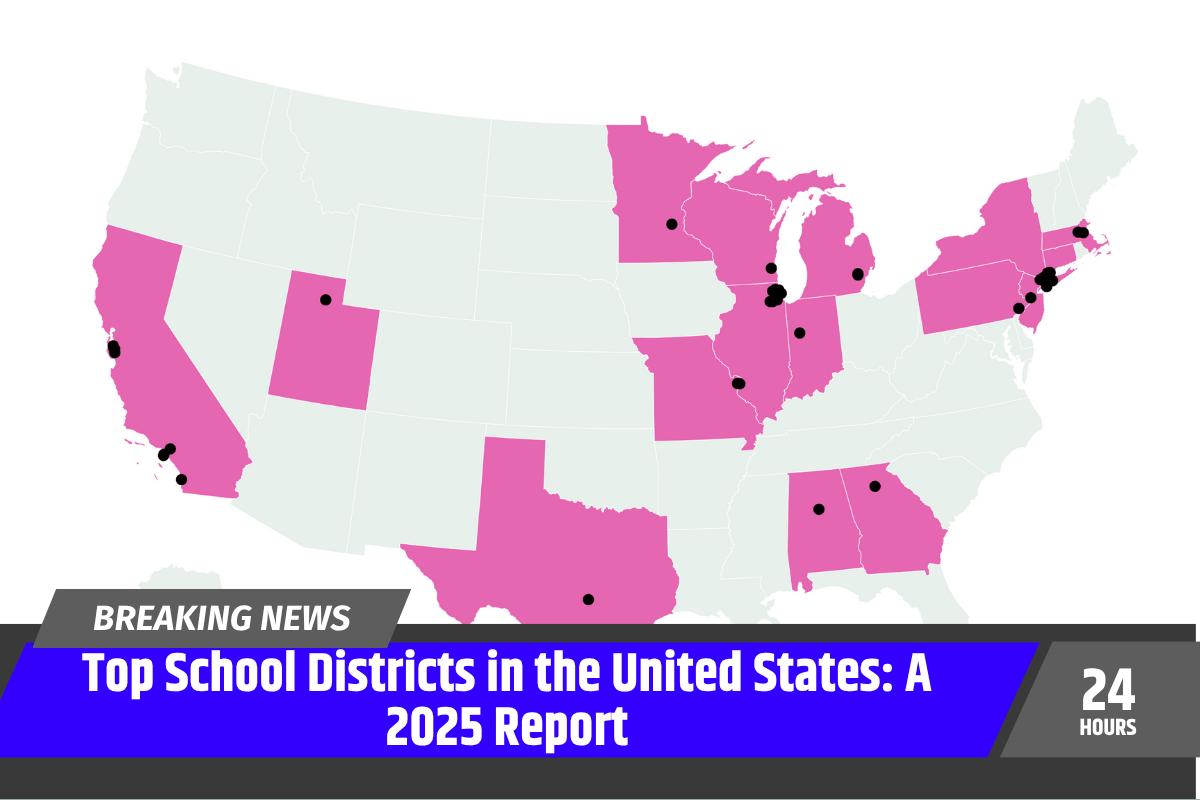A major pension correction initiative is underway in the United Kingdom, led by the Department for Work and Pensions (DWP). The effort is focused on identifying and compensating women aged between 60 and 70, many of whom were underpaid due to administrative and historical errors in pension processing. The average amount being repaid is £8,377, though several recipients have received more than £10,000.
This issue predominantly affects women born between April 6, 1950, and April 5, 1960, many of whom had incomplete or incorrectly processed National Insurance (NI) records. The root of the problem lies in overlooked periods of caregiving, errors in inherited pension calculations, and complications from pension system transitions that occurred in the past two decades.
Approximately 800,000 pension records are currently being re-examined under this correction drive, with a total budget of £1.1 billion allocated by the DWP. So far, only £104 million has been paid out, reflecting the massive scale of the task still ahead.
What Caused the Underpayments in the First Place?
The underpayments resulted from systemic and technical shortcomings in how pension entitlements were calculated for specific groups of women. These errors were not due to any fault on the part of the recipients, but rather gaps in recording and interpreting relevant data during key life events such as caregiving or widowhood.
One of the central causes was the Home Responsibilities Protection (HRP) system, which was introduced in 1978 to safeguard pension rights during years when individuals, often women, took time away from paid employment to raise children. In many instances, HRP credits were never added to the NI records, leading to incomplete qualifying years for State Pension calculations.
Married and widowed women also faced challenges with inherited pension rights. Women eligible to receive part of their spouse’s pension were sometimes overlooked due to miscalculations or insufficient linking of records across departments.
Compounding the issue was the transition from the basic to the new State Pension in April 2016. The phased increase in women’s pension age from 60 to 65 between 2010 and 2018 added further confusion. Legacy data systems failed to fully integrate the new rules, resulting in some beneficiaries receiving lower payments than they were legally owed.
Review the Scope and Progress of DWP Action
The DWP has committed to rectifying the errors through one of its largest manual pension audits to date. The correction program includes verifying old records, correcting historical oversights, and issuing lump-sum payments to affected women. The size and detail of the operation reflect the DWP’s intent to restore fairness and financial parity.
| Key Area | Figures and Information |
|---|---|
| Age Group Affected | Women aged 60–70 |
| Eligible Birth Dates | April 6, 1950 – April 5, 1960 |
| Total Records Being Checked | Approx. 800,000 |
| Total Budget Allocated | £1.1 billion |
| Amount Disbursed as of Now | £104 million |
| Average Payment per Individual | £8,377 |
| Highest Known Arrears Paid | Over £10,000 |
The majority of the corrections are still pending, with just under 10% of the allocated funds distributed as of the latest updates. Each case is reviewed individually, making the process meticulous but necessary to ensure accuracy.
How the Compensation is Being Delivered
Eligible recipients are notified by post with a formal letter issued by the DWP. This letter outlines the basis of the underpayment, the amount due, and the process through which it will be delivered. Once verified, the total amount is transferred directly to the individual’s bank account in a one-time lump sum.
The DWP has stated that most recipients do not need to apply for this correction. The department is identifying eligible cases based on internal data matching. However, it is possible that some individuals, particularly those with complex marital or NI records, may not be automatically detected.
In these cases, pensioners are encouraged to take proactive steps to ensure they are not excluded from the review.
Recommended Steps for Women Who May Be Affected
If you fall within the affected age and birth group and suspect you may be entitled to a correction, the following steps are recommended:
- Log in to your NI account via the HMRC portal and thoroughly check your National Insurance contribution history. Focus especially on years when you may have taken time off work for caregiving.
- Contact the DWP on 0800 731 0469 if you believe there is a discrepancy or if you haven’t been contacted yet despite falling within the eligible group.
Additional actions that may be useful include reviewing past correspondence about pension entitlement and consulting professional support agencies such as Age UK or Citizens Advice, both of which provide free guidance.
A concise checklist of what to do includes:
- Verify your National Insurance record for gaps or errors.
- Note caregiving years or spousal inheritance scenarios.
- Retain documents supporting your pension history.
- Seek expert assistance if the situation is unclear.
These steps can help ensure that eligible women are not left out of the correction scheme due to oversight or administrative error.
Public Reactions and Calls for Oversight Reforms
The discovery and rectification of these pension underpayments have led to renewed scrutiny of public pension administration in the UK. While the correction itself is widely welcomed, questions are being raised about how such widespread errors could persist undetected for so long.
Organisations like WASPI (Women Against State Pension Inequality), although focused on pension age changes, have expressed concern that systemic failures continue to disadvantage women, particularly those who took on unpaid caregiving responsibilities. While the current correction is not part of WASPI’s campaign, it aligns with their broader advocacy for equitable pension treatment.
Several members of Parliament and financial watchdogs have urged the DWP to improve its data integration systems, especially with HMRC, and to put safeguards in place to prevent similar errors in future.
| Area | Concern Identified |
|---|---|
| Record Accuracy | Gaps in HRP and spousal NI records |
| Department Coordination | Poor data-sharing between DWP and HMRC |
| Legacy System Challenges | Outdated technology not fit for hybrid pensions |
| Transparency and Oversight | Need for independent audits and progress updates |
By acknowledging these systemic flaws and acting on them, the government can reduce the risk of recurring errors in the future and improve public confidence in pension operations.
Observations on the Correction Initiative
The DWP’s correction drive marks an important moment in restoring financial justice to thousands of older women in the UK. While receiving £8,300 or more in arrears cannot fully compensate for years of reduced income, it represents a tangible acknowledgment of long-standing administrative neglect.
The rollout of this program will continue through 2025 and beyond, with the DWP reaffirming its commitment to identifying all eligible cases. However, due to the complexity of the data involved and the need for manual review, progress remains slow but steady.
Women within the affected age bracket are strongly encouraged to stay updated, take initiative if needed, and ensure that their pension entitlements are correctly processed and restored. This correction is not just a financial remedy, it is a critical step toward restoring trust in the UK’s public pension framework.












